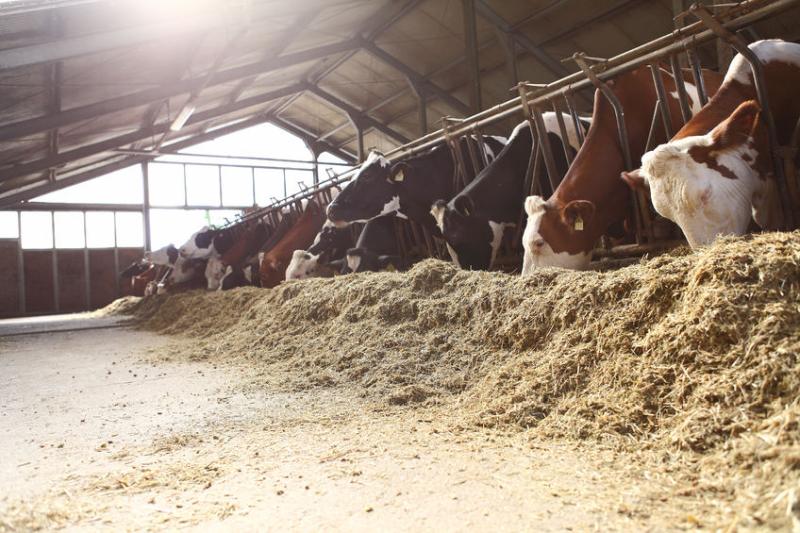
A new five-year collaborative project is to deliver improved beef cattle feeding guidelines, 25-years after the last major update.
Evidence suggests that current guidance underestimates nutritional requirements in a number of areas.
To address this, a much-needed update to the beef cattle feeding systems guide, AFRC 1993, is about to begin.
Funded by AHDB Beef & Lamb, the collaborative ‘Feed into Beef’ project is being led by the Centre for Innovation Excellence in Livestock (CIEL), in partnership with Scotland’s Rural College (SRUC) and the Agri-Food and Biosciences Institute (AFBI).
Dr Mary Vickers, AHDB Senior Scientist said: “It is 25 years since the last major update to the guidance was published and both animal genetics and feeding systems have changed a lot since the underpinning data was recorded in the 1980s.
“Changes in market specifications, with major meat processors seeking younger animals with lighter carcases but with similar fat cover, is another key reason to update nutritional guidelines.”
'Increase production'
CIEL is working with a range of academic and industry partners to harness the best of current science and align it to industry needs.
Both AFBI and SRUC have run studies on intake, growth and emissions from beef cattle over recent years.
The large amount of data from these studies, alongside new concepts taken from overseas work, will be used to update models of feed intake, energy and protein requirements, rumen function, growth and body composition.
Other areas of work within the project will develop and update feed values needed to run the nutritional models, as well as exploring ways to include the increasing amount of farm-collected information in the rationing process.
Dr Vickers said: “The project is still in the early stages but has been shaped to bring together industry, academic and commercial players across the beef industry to deliver a nutritional model that will enable beef farmers to increase production efficiency, reduce the feed cost and improve the environmental impact of beef production.”
